Assuming you were suddenly given $10,000 for home improvements, which of the following would you do?
- Remodel Kitchen or Bathroom
- Replace carpet or add hardwood or tile
- Replace windows
- Replace roof
- Repaint interior or exterior
- Replace hot water heater
- Add insulation
- Finish out basement or bonus space
If you picked kitchen/bathroom and floors as your first and second choices, welcome to the club. You chose the same as a majority of consumers, according to the Shelton Group’s EnergyPulse survey, released this week.
Here’s another question: Did you factor in the home improvement’s ROI in your decision?
That’s actually a concern for many homeowners when it comes time to invest in remodeling, yet it’s not clear today which option leads to greater resale value and why. Home-buyers are a finicky bunch and may pay more for marble counter-tops than a high efficiency hot water heater, even though the latter pays for itself in energy savings in just a few years. Of course, a home buyer isn’t going to throw a housewarming party in her basement to show off her new EnergyStar boiler… but how much cash does a boiler need to save before it wins investment over sexier renovations?
A heck of a lot, according to energy efficiency experts, who note that consumers are very irrational when it comes to home improvement decisions. In the latest example, the Shelton Group found that consumers would endure up to $129/month increase in utility bills before investing in energy efficiency renovations, demonstrating what Shelton Group calls the “Apathy Gap – the price people are willing to pay to do nothing.”
The Apathy Gap
The Apathy Gap is notorious among energy policymakers and economists, who cite the average consumer’s ridiculously high internal discount rate for energy efficient projects – as high as 70 – 80% in a recent study by Efficiency Vermont. By comparison, most consumers extend a 5% discount rate to Uncle Sam when buying US Treasury bonds. Do people really think that investing in retrofits (essentially the laws of physics, as proofed in building science, plus some installation risk) is 16 times more risky than the Federal Government?
The Apathy Gap is extremely irrational. In Predictably Irrational, Dan Ariely asks, “Why do people splurge on a lavish meal, but cut coupons to save twenty-five cents on a can of soup?” Similarly, energy efficiency advocates should ask, “Why do house hunters scrutinize mortgage rates, but ignore utility bills?”
In both cases, the reason is that consumers make decisions emotionally, in conformity with social norms. Bank and broker advertising have taught home buyers to rate compare, but no one has shown them how to negotiate on utility bills. Around Boston, where I live, a winter heating bill may only be a few dollars shy of a monthly mortgage payment. Installing an efficient boiler can lower a heating bill by tens of thousands of dollars over the 30 year span of a typical mortgage. Yet many home buyers would discount that payback so much as to make the boiler less valuable than the marble counter-tops.
There are similar forces at work across the full range of residential energy efficiency products and services. Even low-cost and no-cost behavioral changes, like replacing lights with free CFLs or running dishwashers at night, have unreasonably high hurdles to adoption given their easy savings.
In my next post on this blog, I’ll describe what I see as the major roadblocks to bridging the energy efficiency “Apathy Gap”.
Alex Patriquin is a marketer, entrepreneur and energy efficiency advocate. Prior to founding his latest company, he worked for Compete.com, a digital marketing intelligence platform, as a market researcher for leading search and online media companies. His work at Compete was widely cited in media publications like the New York Times, Wall Street Journal and Wired.
Alex lives in Cambridge. He also blogs at DigitalVerdure, and can be found on Twitter.
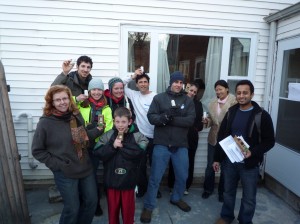 On Sunday, February 21, eighteen volunteers participated in a community canvass campaign to spread awareness about simple home improvements to save money, energy, and the planet. The event organized by the Home Energy Efficiency Team and the Cambridge Energy Alliance sought to help cut carbon emissions in East Cambridge through a CFL light bulb exchange.
On Sunday, February 21, eighteen volunteers participated in a community canvass campaign to spread awareness about simple home improvements to save money, energy, and the planet. The event organized by the Home Energy Efficiency Team and the Cambridge Energy Alliance sought to help cut carbon emissions in East Cambridge through a CFL light bulb exchange.
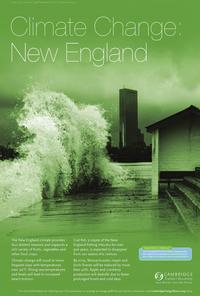
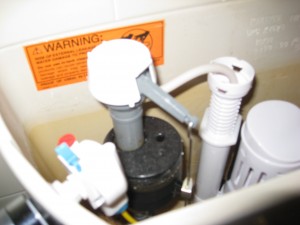
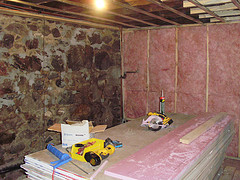
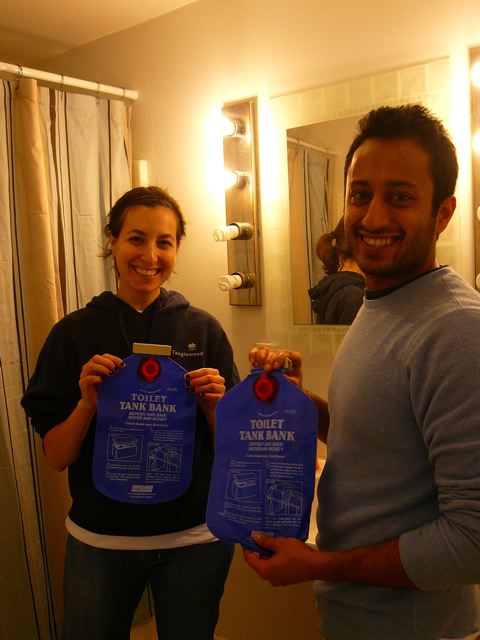
 One of the coolest things about Thanksgiving? Unlike Halloween, it’s not about stuff. While Halloween wouldn’t be the same without candy, costumes, and décor, Thanksgiving celebrates giving thanks for what you already have. What a relief for your pocketbook and the planet. —
One of the coolest things about Thanksgiving? Unlike Halloween, it’s not about stuff. While Halloween wouldn’t be the same without candy, costumes, and décor, Thanksgiving celebrates giving thanks for what you already have. What a relief for your pocketbook and the planet. —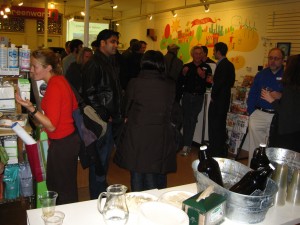 The
The 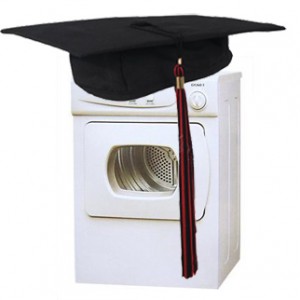 Yesterday’s New York Times carried
Yesterday’s New York Times carried